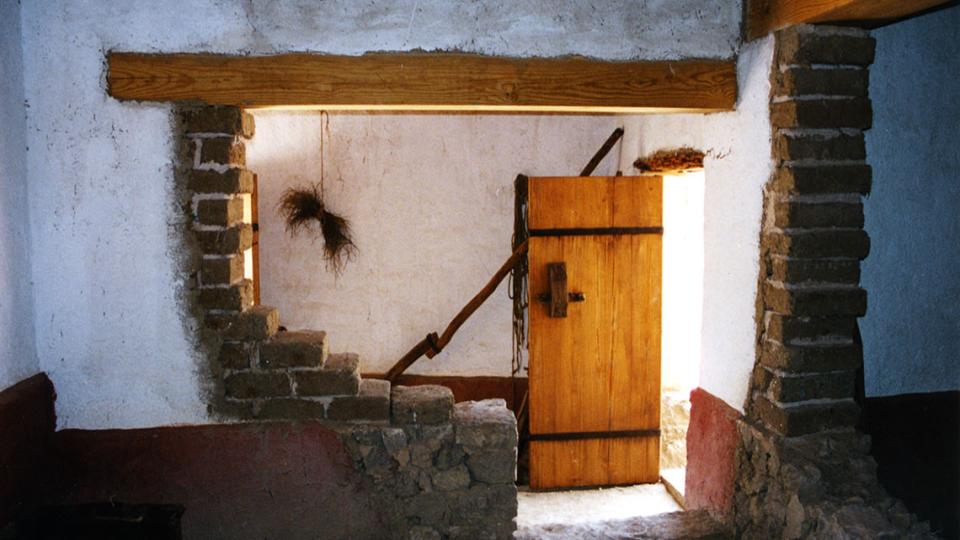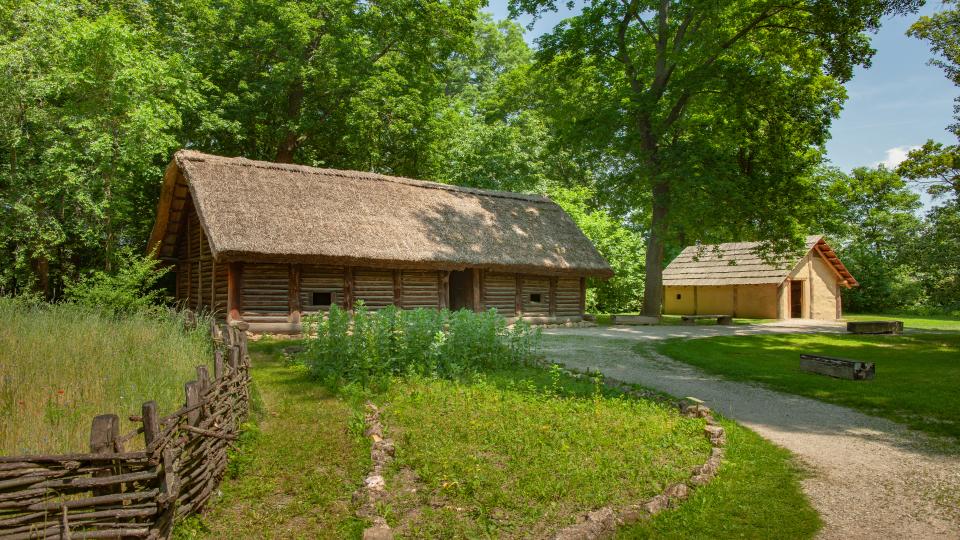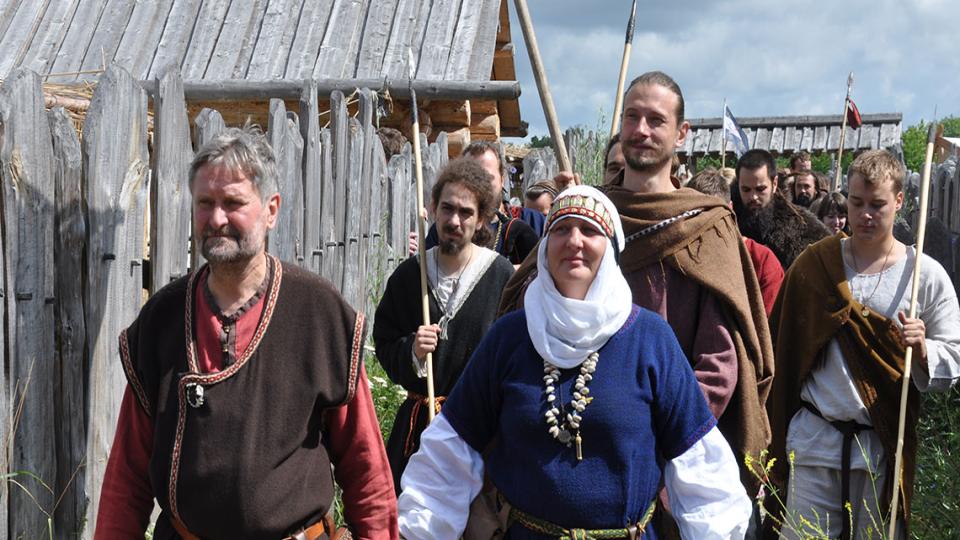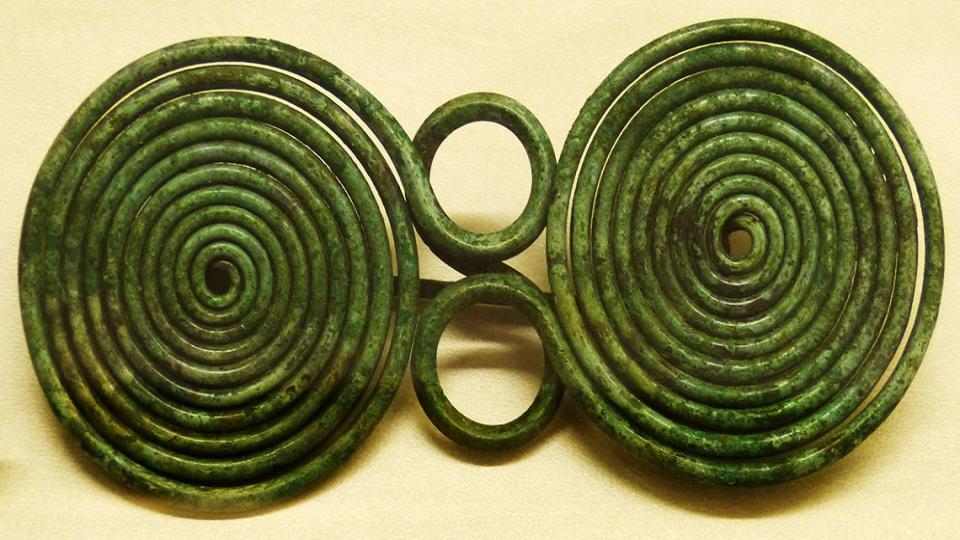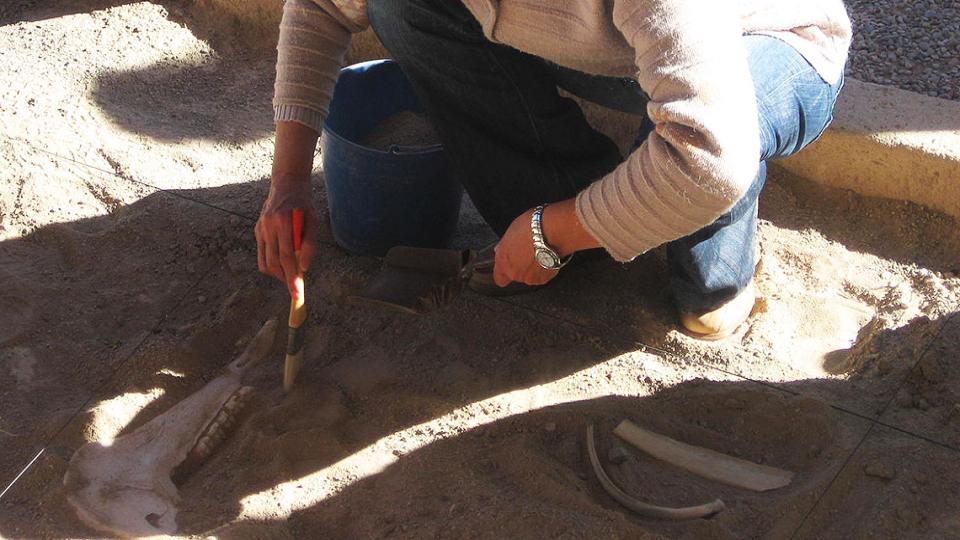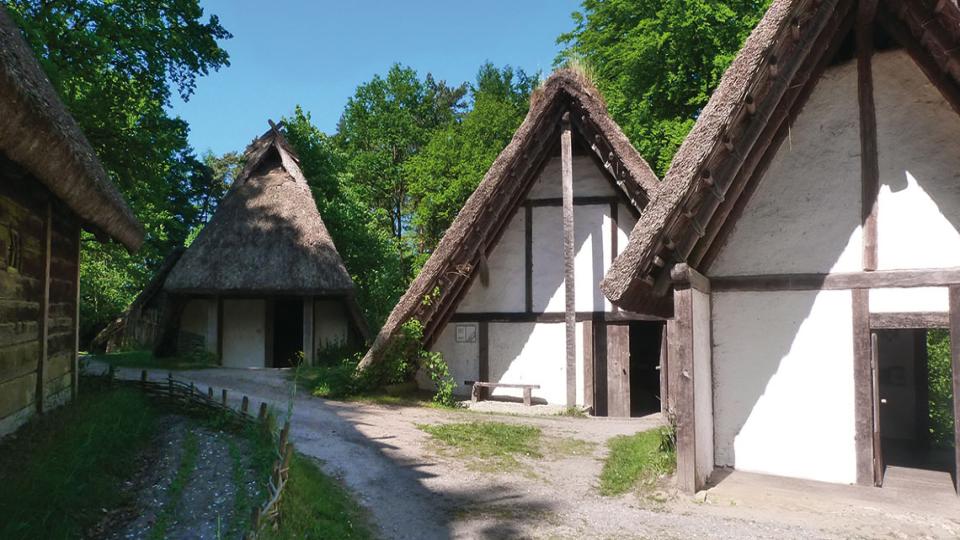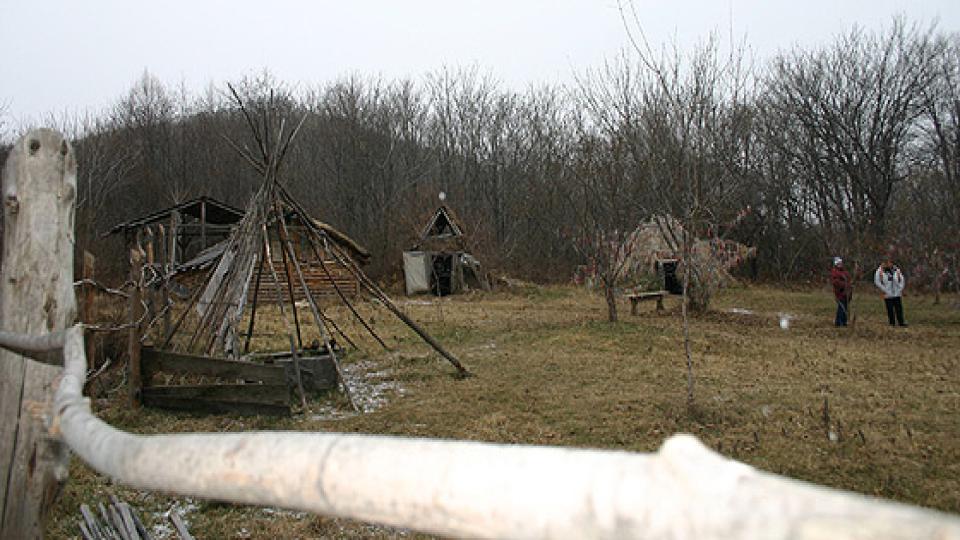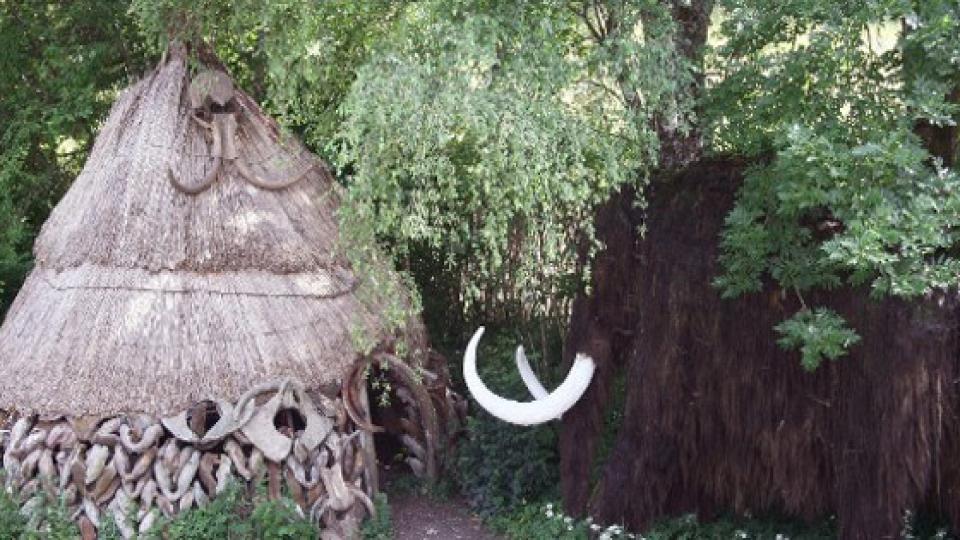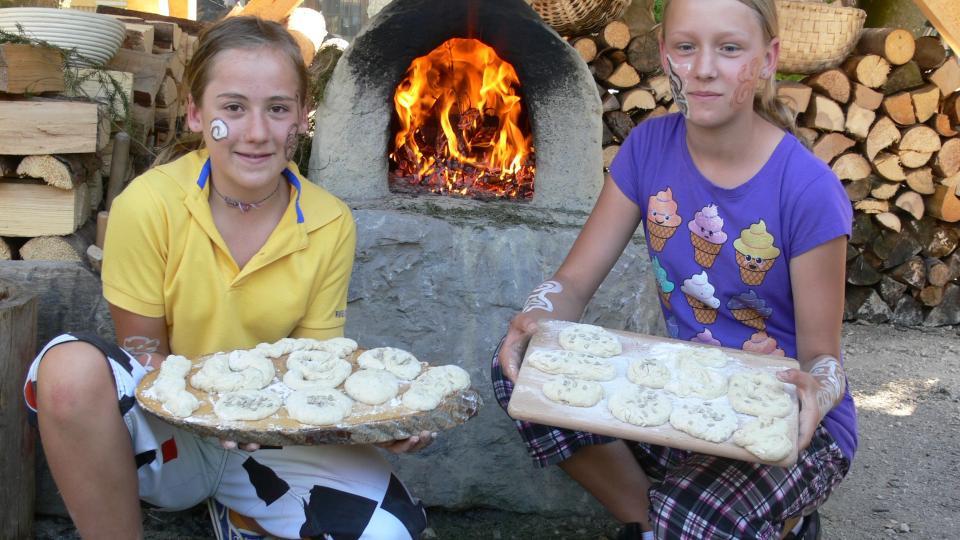Palaeolithic
Museu de Prehistòria de València (ES)
The Museu de Prehistòria de València is a scientific institution dedicated to preserving, researching and disseminating the archaeological prehistoric heritage of the province of Valencia. It is a cultural resource of the Valencian society in so far it preserves his heritage; it contributes to the enhancement of its cultural level and its integral development.
MAMUZ Schloss Asparn/Zaya (AT)
Lower Austria (Niederösterreich) is located in the northeast of the country, bordering both the Czech Republic and Slovakia. It has over 1.5 million inhabitants. Vienna, the capital of Austria, is a separate state and located in the middle of Lower Austria. The state is very rich in archaeological finds, both of local and foreign production.
State Cultural Reserve of Kernave (LT)
Kernavė (Širvintos district, Lithuania) is an area of unique archaeological and historical value. In 2004 Kernavė Archaeological Site (the State Cultural Reserve of Kernavė) was declared as UNESCO World Heritage Site, thus recognizing the importance of the area according to the criteria:
- the archaeological site of Kernavė presents an exceptional testimony to the evolution of human settlements in the Baltic region over the period of some ten millennia. The property has exceptional evidence of pantheistic and Christian funeral traditions;
- the settlement patterns and the impressive hill-forts represent outstanding examples of the development of such types of structures and the history of their use in the pre-Christian era.
Prähistorische Abteilung des Naturhistorischen Museums (AT)
The Natural History Museum of Vienna holds some of the most remarkable prehistoric finds. In display halls covering 8.700² metres the visitor can travel through our planet's history, through the breathtaking diversity of nature and back to the origins of our culture.
Antiquitates - Centro di Archeologia Sperimentale (IT)
In the heart of Central Italy there is an ancient land once known with the name of “Etruria”, where you can make a journey through centuries. Located in this pristine landscape, dominated only by nature, is Antiquitates, an Archaeological Education Park and a Research Centre for Experimental Archaeology, as well as a warm and cosy Guest House where you can spend a relaxing holiday dedicated to nature, equitation and archaeology.
Parc Arqueològic de Sant Llorenç de Montgai (ES)
The educational Parc Arqueològic de Sant Llorenç de Montgai in Catalonia is an educational and leisure installation designed by the CEPAP (Universitat Autònoma de Barcelona) to bring schoolchildren and families closer to prehistoric ways of life and to the research methods that archaeology uses to broaden its knowledge, and to the preservation of cultural heritage in archaeological sites and the landscape surrounding them.
Archäologisches Freilichtmuseum Oerlinghausen (DE)
Southeast of Bielefeld near the Teutoburger Forrest, one finds the Archäologisches Freilichtmuseum Oerlinghausen (AFM), originally founded by the “Reichsverband für Deutsche Vorgeschichte” as a political presentation of the Germanic people. The combination of man, nature and technique is made tangible and understandable here.
Paleoderevnya (RU)
The Jurchen are known to have lived in this area in the 11th – 13th centuries, in those days united in a state called “Jin”. They lived in unfortified and fortified settlements, which were usually located on the banks of rivers. The Museum Paleoderevnya is situated near the village Ekaterinovka, on the grounds where in about 1905, a Jurchen settlement was discovered.
Mammutheum (DE)
In October 1975, Bernard von Bredow found one of the largest mammoth skeletons in Europe. In 1991, he founded the Mammutheum where one can dive into the world of the mammoths and the mammoth hunters.
Steinzeit Siegsdorf (DE)
Steinzeit Siegsdorf in the Chiemgau, Bavaria, is a small site for museum education. It offers tourists, museum visitors and local inhabitants a “bonus” to the next-door “Siegsdorfer Naturkunde & Mammutmuseum”; where the museum offers a history based on science, at Steinzeit-Siegsdorf the offer is to try out and make things yourself. About 20% of the visitors are pupils in school groups.

